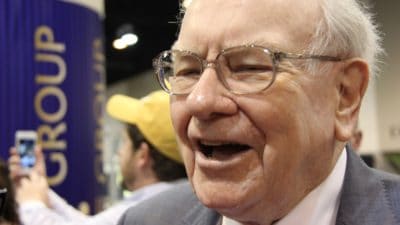Today’s updates from AstraZeneca (LSE: AZN) (NYSE: AZN.US) and Smith & Nephew (LSE: SN) (NYSE: SNN.US) show that both companies are in the midst of transitional periods. So, while their respective performances in 2014 are perhaps not quite what their investors were hoping for, they both appear to be making strong progress towards improving profitability and delivering higher returns to shareholders.
However, if you could only buy one of the two, which should it be?
A Challenging 2014
2014 was a tough year for AstraZeneca, with the pharmaceutical company reporting core earnings per share (EPS) that were 15% down on their 2013 level, after its fourth-quarter EPS fell by 38%. This was largely due to the investments it is making in accelerating its existing portfolio of drugs and was made worse by currency headwinds which, when removed, gave figures of minus 8% and minus 28% respectively for the two periods. Still, it remains a severe decline and shows that the company has some way to go regarding a return to bottom line growth, which is expects to take place in 2017.
As such, AstraZeneca has agreed to buy the rights to Actavis’ North American respiratory business for $600m plus single-digit royalties above a specific revenue threshold. This will further enhance AstraZeneca’s respiratory division and broaden its product offering. It will also immediately add on-market revenues and contribute to the company’s financial performance.
Meanwhile, Smith & Nephew reported a rise in underlying revenue growth of just 2% in 2014, with its Advanced Wound Management division seeing its top line fall by 1%, due mainly to disappointing performance in the US. However, as a result of improving margins (trading margins rose by 0.2% in the year), adjusted EPS increased by 8.2% and, looking ahead, the company expects 2015 to be a year of faster revenue growth and further improvements to its trading profit, as its exposure to emerging markets in particular is set to deliver better performance for the company.
Looking Ahead
Although Smith & Nephew is performing better than AstraZeneca at the present time, as shown in today’s updates, both companies have considerable potential to improve their performance. However, when it comes to their valuations, AstraZeneca appears to appeal significantly more than Smith & Nephew, even when the latter’s stronger growth prospects over the next two years are taken into account.
For example, AstraZeneca trades on a forward price to earnings (P/E) ratio of 17.7 using 2016’s forecast earnings numbers. While not exactly cheap on an absolute basis, it appears to offer better value than Smith & Nephew, which has a forward P/E ratio of 18.2 using 2016 forecast earnings.
Furthermore, AstraZeneca has thus far delivered better performance than expected by many investors since its current management team took the reins in late 2012. Therefore, with the company having considerable financial firepower, it could be argued that its bottom line may improve at a faster rate than is currently being priced in, since further acquisitions could make a real difference to its earnings numbers.
As such, and while both stocks are worth buying at the present time, AstraZeneca’s better value and potential for a positive surprise regarding its forecasts make it the more appealing of the two companies – especially for longer term investors.







